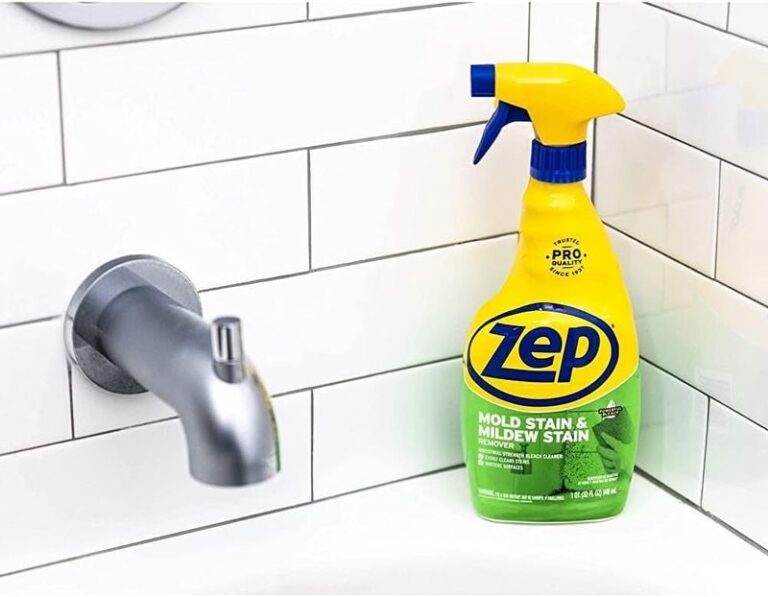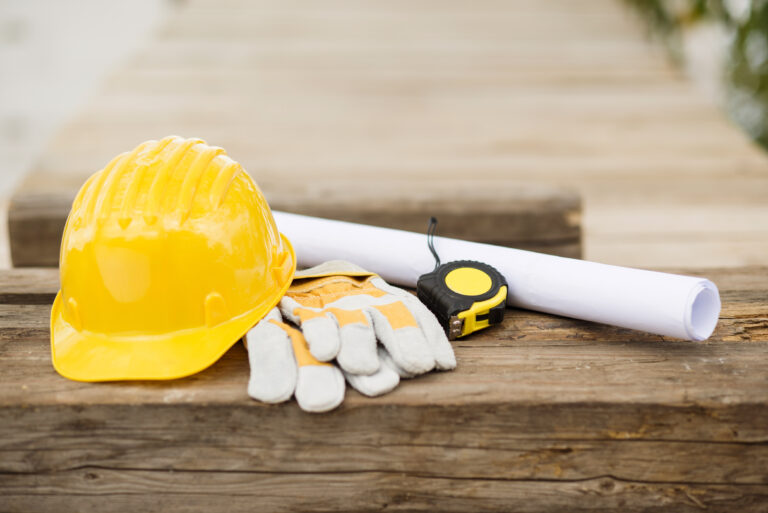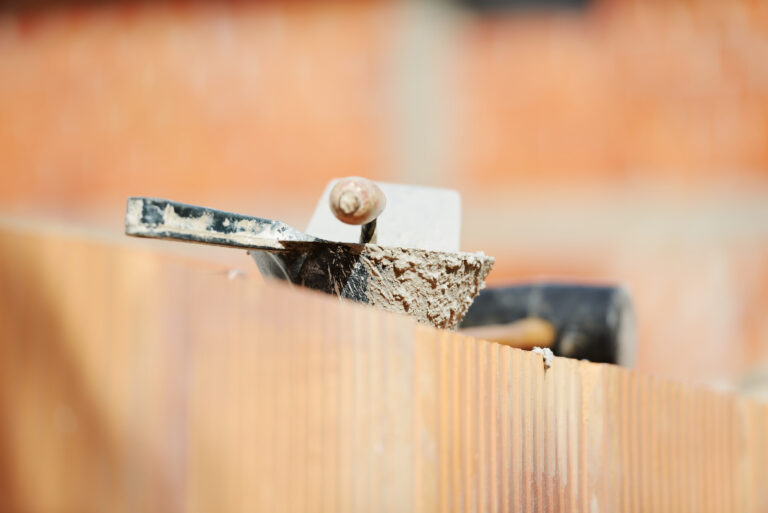How to Protect Your Family from the Dangers of Mold: Simple Steps for Improving Indoor Air Quality
Mold is a common problem in many homes, and it can have serious health effects on your family. Exposure to mold can cause respiratory problems, allergies, asthma, and even more severe health issues such as neurological damage or cancer. In this article, we will discuss how you can protect your loved ones from the dangers of mold by improving indoor air quality.
Introduction to Mold and Its Health Effects
Molds are fungi that grow in moist environments, including our homes. They thrive in areas with high humidity levels, poor ventilation, and water leaks. When mold spores become airborne, they can be inhaled by humans and animals, causing adverse reactions. Some people may experience symptoms immediately after exposure while others may develop them over time. Common signs of mold exposure include coughing, sneezing, runny nose, eye irritation, skin rashes, headaches, fatigue, and difficulty breathing.
Signs of Mold Exposure and Associated Symptoms
If you suspect that there is mold in your home, look out for visible signs like discolored patches on walls, ceilings, or floors. Musty odors also indicate the presence of mold. If you notice any of these indicators, take action promptly to prevent further growth and potential health risks.
How to Identify and Remove Mold in Your Home
To identify mold, conduct a visual inspection of your living space. Look for signs of water damage, musty smells, and discolored surfaces. You can use a flashlight to inspect hard-to-reach places like behind furniture or under carpets. Once you’ve identified the source of the mold, remove it using safe cleaning methods. Wear gloves, goggles, and a mask to avoid contact with mold spores. Use a mixture of bleach and water to clean affected surfaces, then dry thoroughly.
Preventing Mold Growth in Your Living Space
The best way to prevent mold growth is to control moisture levels in your home. Keep humidity levels between 30% and 50%, use exhaust fans in bathrooms and kitchens, fix leaky pipes and roofs, and ensure proper ventilation throughout your house. Regularly clean and maintain HVAC systems, and replace filters regularly. Also, consider investing in mold-resistant building materials when renovating or constructing new buildings.

Conclusion: Taking Action Against Indoor Air Pollution
Indoor air pollution caused by mold can pose significant health threats to you and your family. By taking proactive steps to identify and remove mold, controlling moisture levels, and investing in mold-resistant materials, you can create a safer and healthier environment for everyone. Remember, prevention is key to keeping your family protected from the dangers of mold.





